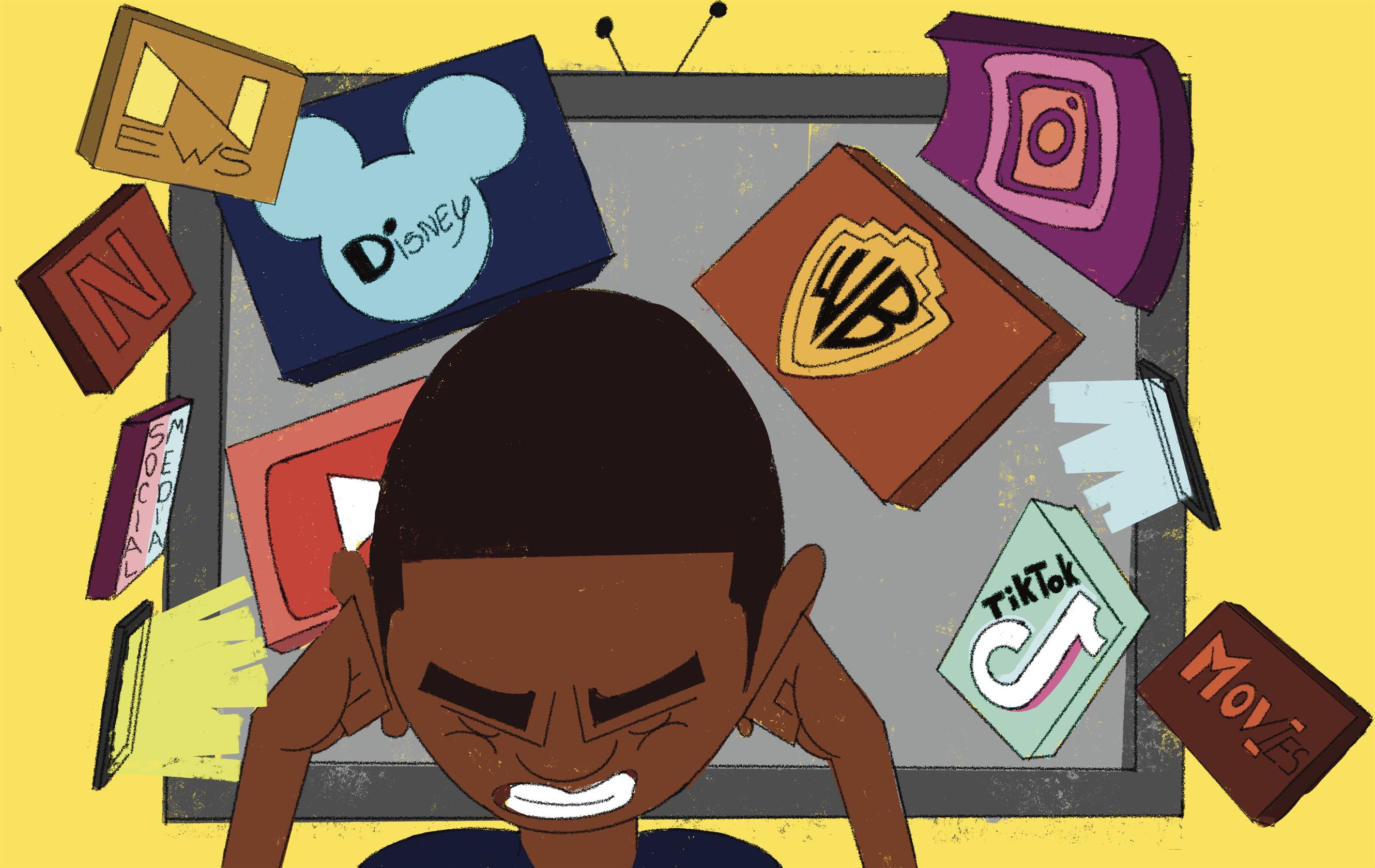The opinion pieces expressed in this publication, The Montclarion, are those of the author(s). They do not claim to reflect the opinions or views of the The Montclarion, other than Editorials written by The Montclarion Editorial Board staff.
For years now, entertainment and media companies have leaned heavily on bankable franchises, sequels, reboots and remakes.
Marvel Studios alone has produced dozens of the same type of movie in a span of about ten years. The music industry has relied more and more on the virality of music on TikTok for music sales and has recently seen a trend where newer songs will sample older, popular songs to climb the charts.
Media is more accessible now with various social media platforms out there reaching millions if not billions of users, and streaming services in different mediums (music, films and television) making content more accessible. There seems to be a barrage of content, as media companies throw everything profitable at the wall for consumer attention.
So, what happened to media? Why is the modern media landscape this way?
Music streaming platforms such as Apple Music and Spotify host tens of millions of songs for streaming (100 million each, on Apple Music and Spotify). No one person could listen to or buy this much music in their lifetime, and as a result, everyone from artists to listeners is put at the mercy of algorithms to provide/recommend music.
Social media and video platform YouTube is home to over 800 million videos, with 2,500 videos being uploaded every minute. On TikTok, around one billion videos are viewed each day.
With so much being accessible in modern times, the content that everyone sees becomes fractured. Just 20 years ago, this much content was not available to the average person. The forms of media were less numerous and more tightly controlled. With so much content available, everything becomes fractured.
Consumer attention dwindles and media companies end up competing for this decreasing consumer attention.
For example, Nintendo has made their modern games increasingly easier, due to competition from mobile gaming (from Apple’s App Store and the Google Play Store), because they believe that it will better hold consumer attention, and thus help their profits. The consequence— video games become easier, and a user’s experience worsens.
Hollywood has been known to produce three types of movies on a budget scale. The indie, mid-budget and blockbuster. These all range from low to high on the monetary scale, with companies shelling out hundreds of millions to produce blockbusters.
Indies are more known to win Academy Awards, while blockbusters bring in the money.
Marvel has produced 32 superhero movies in a span of ten years (from 2007 to 2017), with many of them hitting the one billion gross mark, and “Avengers: Endgame” becoming the highest-grossing movie of all time.
Entertainment companies have looked to blockbusters in recent years to hold consumer attention and for their profits.
But when is it too much?
For better or for worse, no other company has done what Marvel has done. The Star Wars (another Disney-owned franchise) franchise was rebooted with a new trilogy starting in 2015, that garnered harsh reviews from critics, exemplifying Hollywood’s reliance on reboots in modern times. Marvel’s stunt has had consequences on culture, being an egregious case where profits win over creativity.
Movies that win Academy Awards tend to be Indies, which are seen by fewer people than blockbusters. And mid-budget films tend to be more creative to make up for their lack of a big budget. In addition, some movies do not have a successful theatrical run but go on to find success and influence the culture with things such as a DVD or television run (i.e. “The Notebook”). This is better for culture, because money and profits do not dictate everything, and creativity is given a space to shine. But nowadays, the emphasis is more on streaming movies and television shows.
Social media platforms have risen to gargantuan status. From the early days of MySpace to becoming accessible daily via a mobile computer in the average person’s pocket.
Platforms such as TikTok, Twitter, Instagram, and YouTube, rely on consumer attention, with algorithms designed to promote as much consumption of it as possible. While social media has done wonders for the world (along with the internet), allowing people to communicate with people a world away, it is also a consumption machine. The younger someone is, the more likely they are to spend time on social media platforms, which takes their attention away from other forms of media, such as television, meaning Hollywood has to now compete with social media.
The reason why this has happened to media is because advancements in technology have not only created the internet but have also put mobile computers with internet access, in the pockets of billions of people. This—among other things, such as Wi-Fi and 4G. Technology has made media highly accessible to the average person, which allows for things such as streaming, etc.
Thus, companies reboot their old, beloved properties, for a tried and true formula that generates profits (such as Disney rebooting all of their classic films). While a company such as Marvel will make the same type of movie over and over again, dumping content for the sake of content culture, for profits. This creates a cultural landscape where profit is king, with everything being recycled for its sake.
Culture has not had a moment where an original film of the likes of “Star Wars” could entertain and inspire a generation in a long time. Originality and creativity have not been allowed to shine as they once did, and thus, media has become the product of content machines to generate profits. It is this creativity and originality that pushes a culture forward and allows us to question who we are. But of course, we could just go see the most recent Marvel movie, because it’s accessible and will be entertaining.



